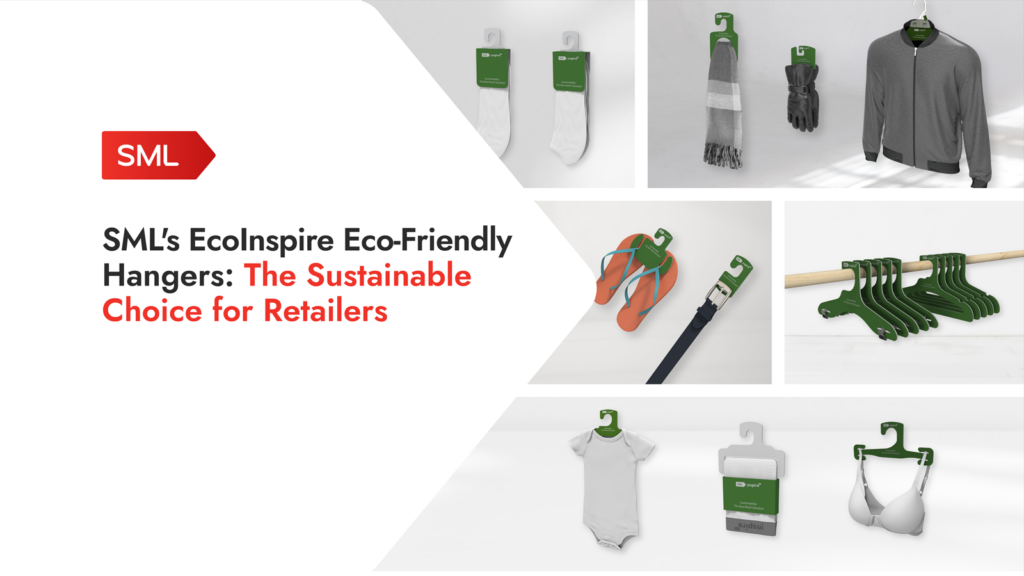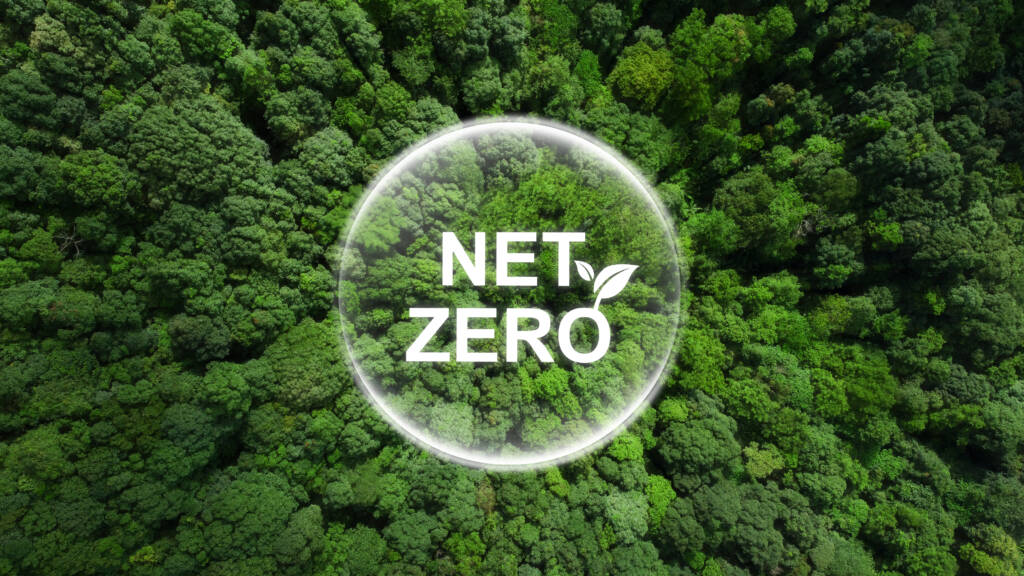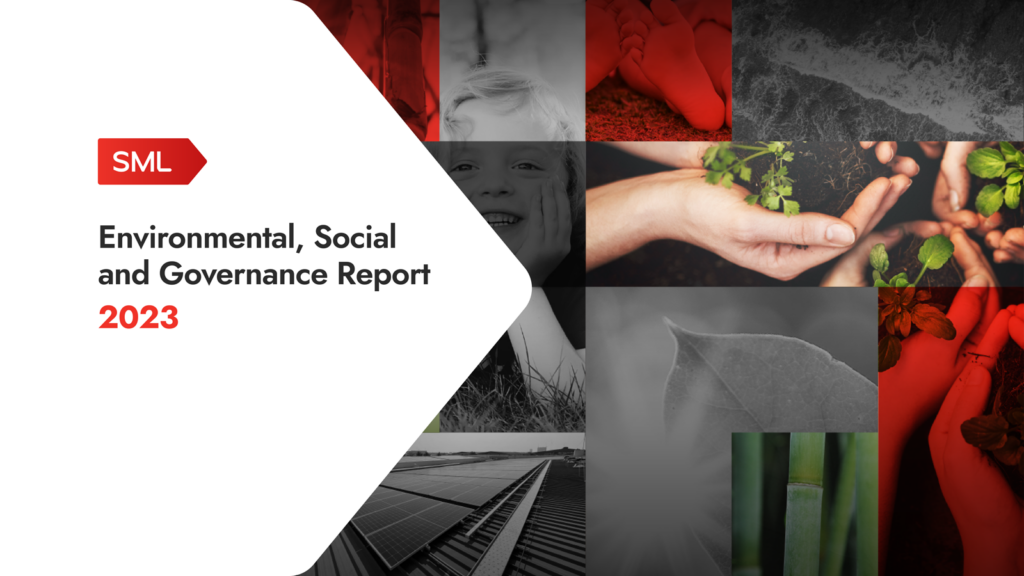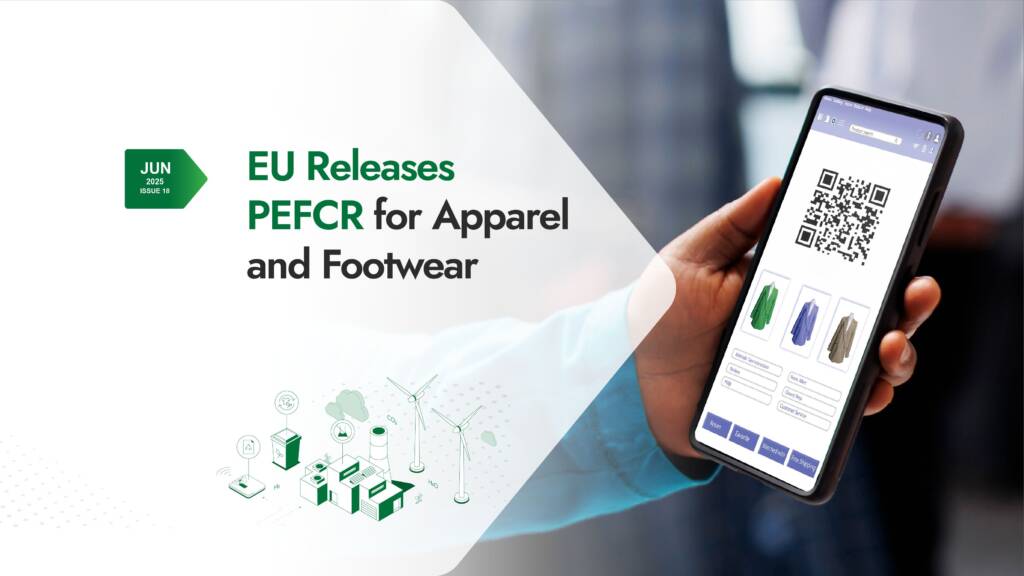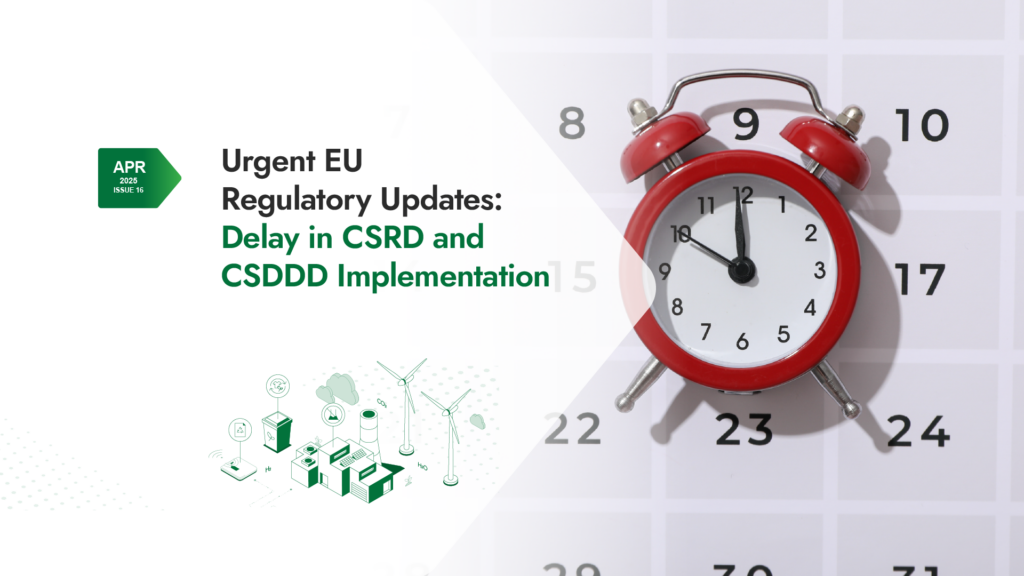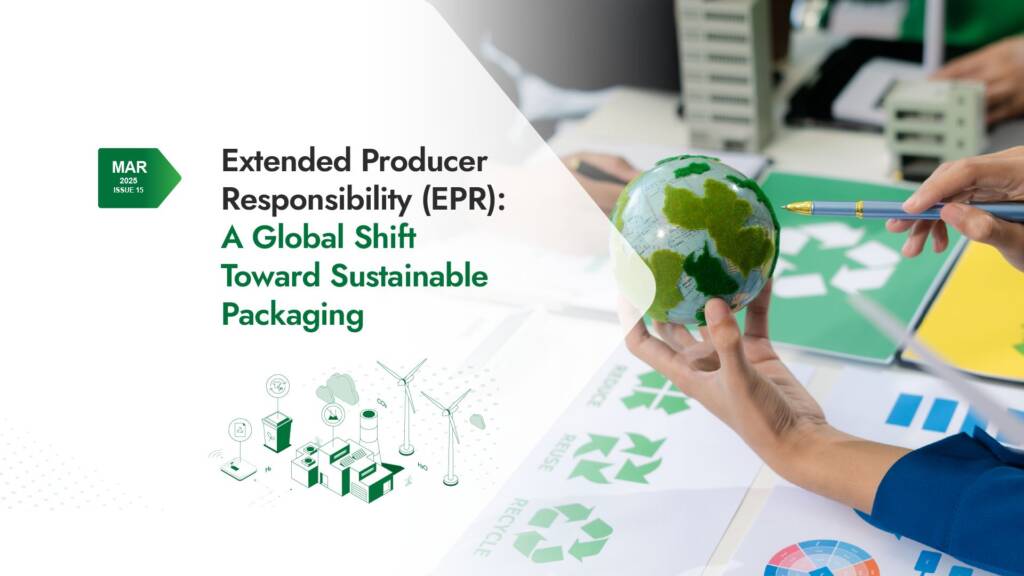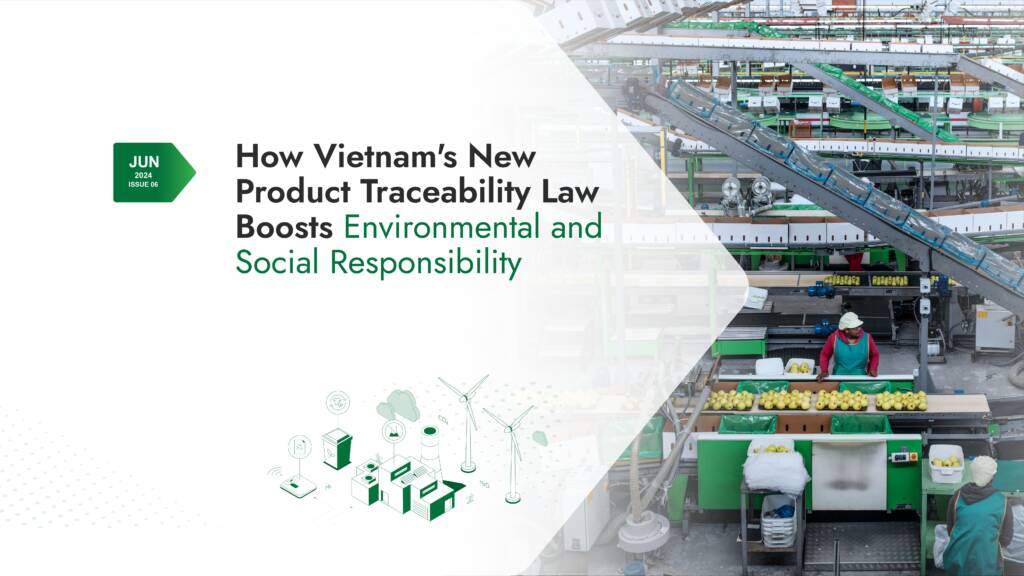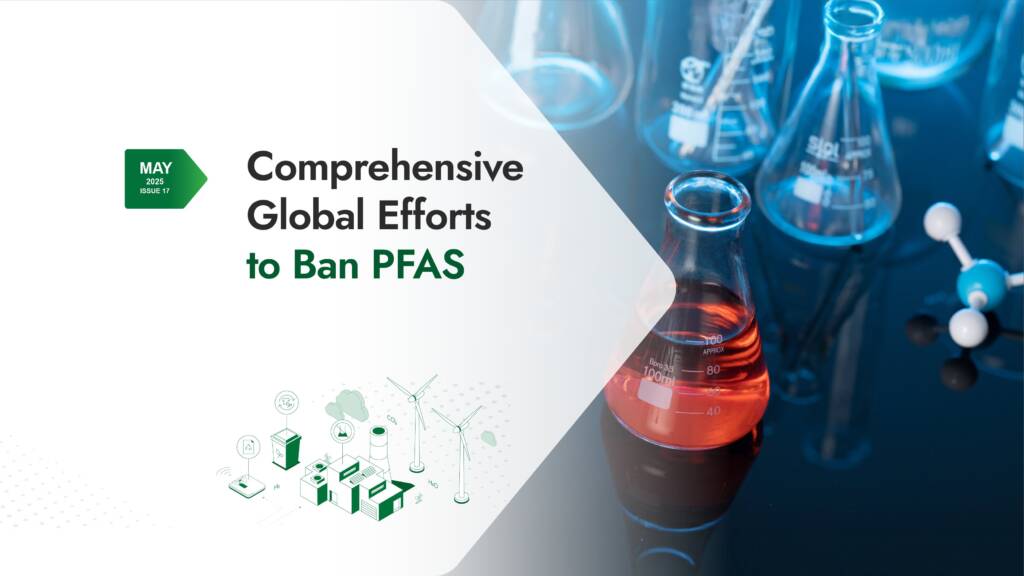Sustainability Insights #07

Our New Eco Hanger Collection Offers a Sustainable Solution
Billions of petroleum-based clothing hangers are discarded annually, contributing to global plastic waste. Our new Eco Hanger Collection offers a sustainable solution. Crafted from 100% FSC™-certified, recyclable materials, the Eco Hanger eliminates the need for plastics in its production and the resultant plastic waste. Customizable designs allow retailers to showcase their brand messaging requirements and enhance customer engagement.

As consumers demand more eco-friendly products, retailers who prioritize sustainable solutions will gain a competitive edge. By adopting the Eco Hanger, you can meet your sustainability goals and appeal to the growing base of eco-conscious shoppers. Send us a form or contact your local SML sales rep to learn how the Eco Hanger can drive sustainable growth for your business.
Bangladesh Celebrates World Environment Day with 78-Tree Planting
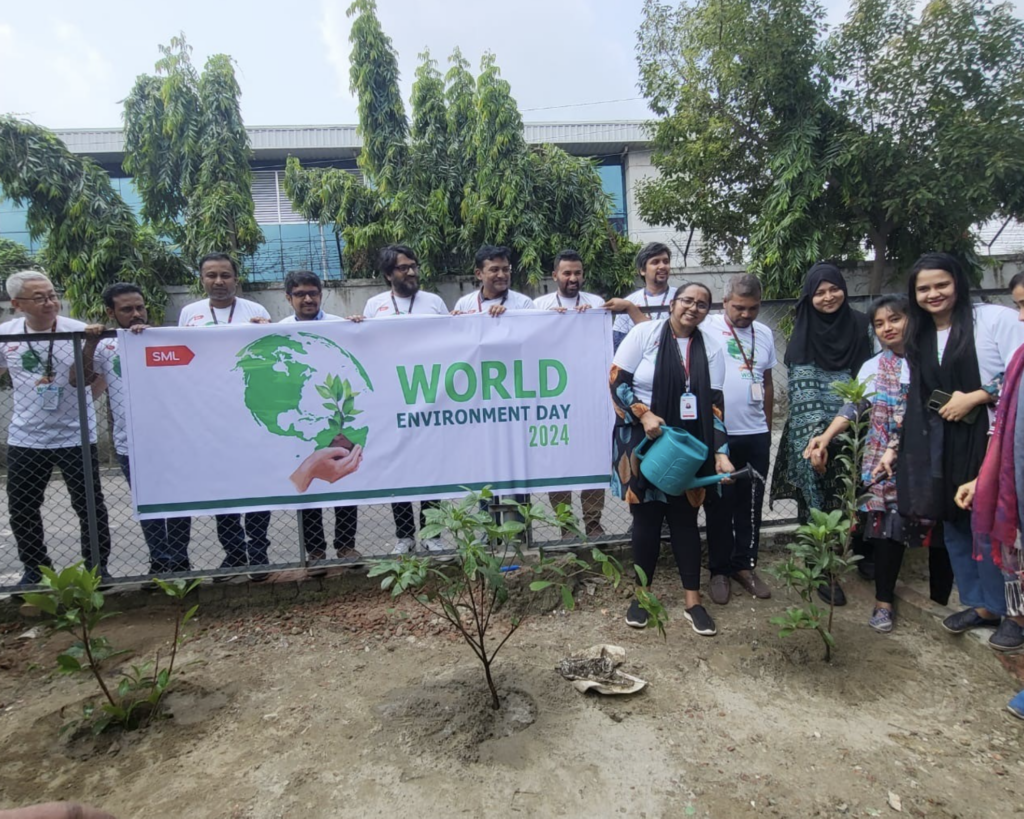
On June 5th, 2024, our Bangladesh site held a successful tree planting event for World Environment Day. Employees planted 78 new native tree seedlings on the factory grounds as part of our sustainability efforts. The event provided environmental benefits and served as a team-building activity. The enthusiastic participation demonstrated our commitment to sustainability.
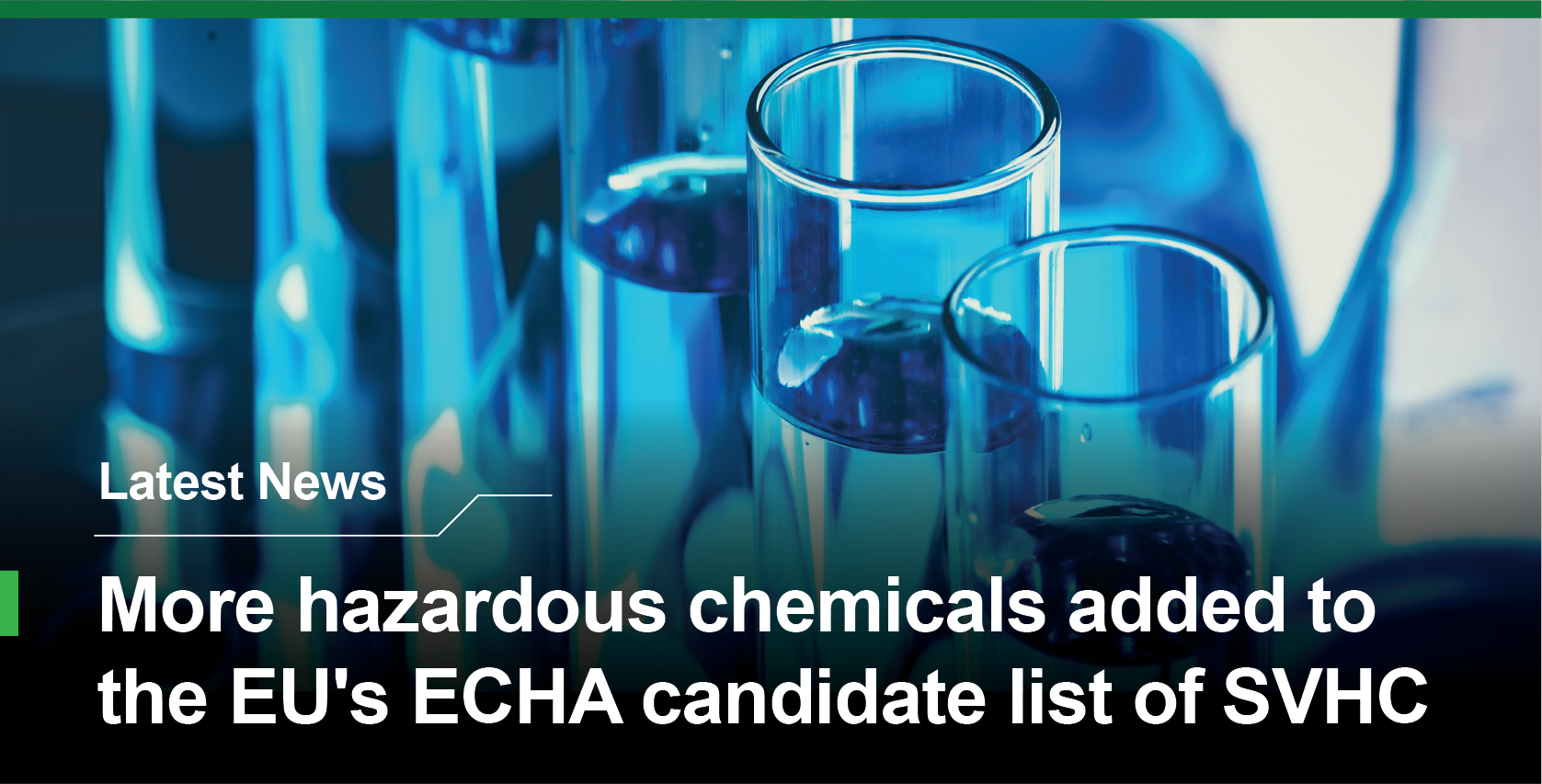
REACH (Registration, Evaluation, Authorisation and Restriction of Chemicals) is the EU’s comprehensive chemical policy that integrates the management of chemicals and aims at enhancing protection of human health and the environment. A key component of REACH is the Candidate List of Substances of Very High Concern (SVHC), which includes chemicals identified as being of high concern due to their hazardous properties, such as being carcinogenic, mutagenic, or toxic to reproduction.
Currently, REACH is overseen by the European Chemicals Agency (ECHA). It applies to all chemical substances used in the EU, affecting most companies doing business there. Companies must declare the presence of SVHC substances above 0.1% in the products that they produce.
So far in 2024, ECHA has added six new substances to the Candidate List of SVHC, bringing the total to 241. These new substances are commonly used in coatings, inks, adhesives, and polymers, and their inclusion means manufacturers and importers must report on their use in products sold in the EU. These new substances are:
| Substance name | Reason for inclusion | Examples of uses | ||
| Added in January 2024 | ||||
| 2,4,6-tri-tert-butylphenol | Toxic for reproduction, persistent, bioaccumulative and toxic | Manufacture of another substance Formulation of mixtures and in fuel products | ||
| 2-(2H-benzotriazol-2-yl)-4-(1,1,3,3-tetramethylbutyl)phenol | Very persistent and very bioaccumulative | Air care products Coating products Adhesives and sealants Lubricants and greases Polishes and waxes Washing and cleaning products | ||
| 2-(dimethylamino)-2-[(4-methylphenyl)methyl]-1-[4-(morpholin-4-yl)phenyl]butan-1-one | Toxic for reproduction | Inks and toners Coating products | ||
| Bumetrizole | Very persistent and very bioaccumulative | Coating products Adhesives and sealants Washing and cleaning products | ||
| Oligomerisation and alkylation reaction products of 2-phenylpropene and phenol | Very persistent and very bioaccumulative | Adhesives and sealants Coating products Fillers Putties Plasters Modelling clay Inks and toners Polymers | ||
| Added in June 2024 | ||||
| Bis(α,α-dimethylbenzyl) peroxide | Toxic for reproduction | Flame retardant | ||
REACH directly regulates companies selling products in the EU. It requires them to list chemicals, disclose risks, and seek approval to use hazardous substances. Non-compliance can bar products from the EU market. REACH compels companies to adopt safer business practices and manage chemical risks within the EU.
Key takeaways:
REACH is the EU’s comprehensive chemicals regulation which aims at protecting human health and the environment. So far in 2024, the ECHA has added 6 new substances to the Candidate List of SVHC, which requires companies to report on their use in products sold in the EU and drives firms to develop safer alternatives and improve transparency around chemical usage.
Source: European Chemicals Agency
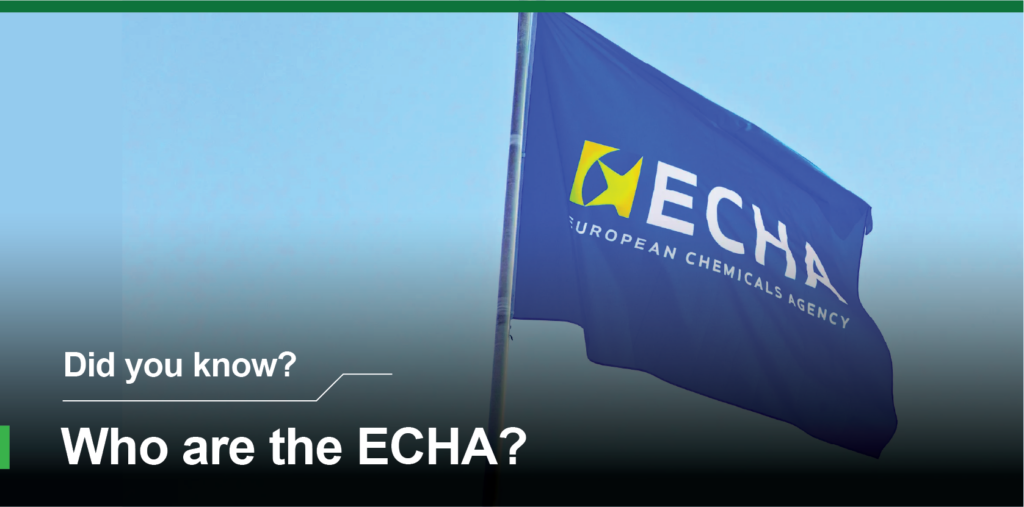
The European Chemicals Agency (ECHA) is a vital guardian for our health and environment. Based in Helsinki, this EU agency works to ensure the safe use of chemicals across EU countries. With around 600 dedicated staff, ECHA implements and helps companies comply with such complex chemical regulations like REACH and CLP (or the Classification, Labelling and Packaging Regulation). Importantly, ECHA provides transparent information which serves to enable consumers to make informed choices and workers to handle hazardous substances safely. Overall, ECHA’s work focuses on protecting people from the dangers of hazardous chemicals, benefiting workers, industries, society at large and the environment.
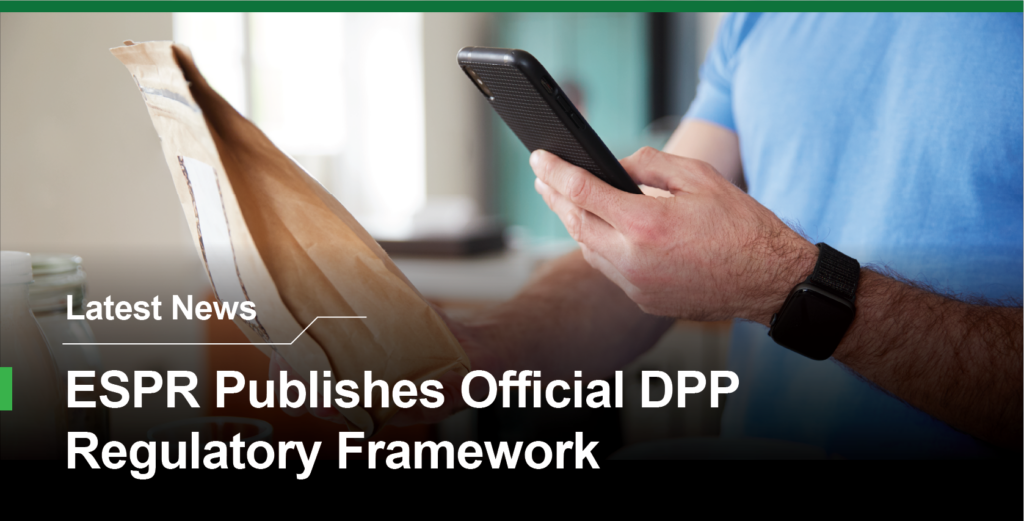
The EU’s Eco-design for Sustainable Products Regulation was officially published on June 28, 2024, taking effect on July 18, 2024. This framework mandates the use of Digital Product Passports for all products sold in the EU. Businesses should stay informed on these regulatory changes and prepare for the technological requirements of implementing Digital Product Passports.
What is a Digital Product Passport?
A Digital Product Passport (DPP) is an electronic mean that documents a product’s detailed composition, supply chain traceability, and environmental impact data. It aims to increase transparency and enable more sustainable product design, manufacturing, and end-of-life management as part of the transition to a circular economy.
Source: European Commission


